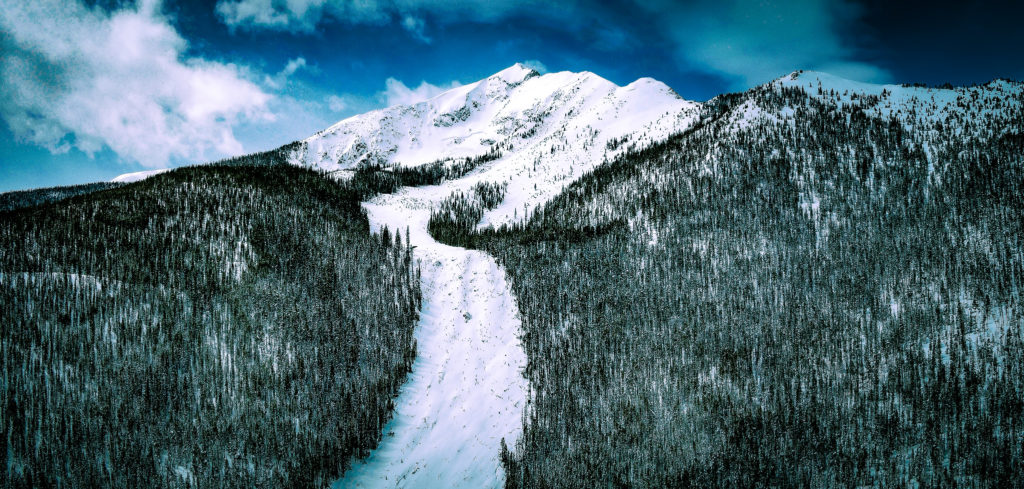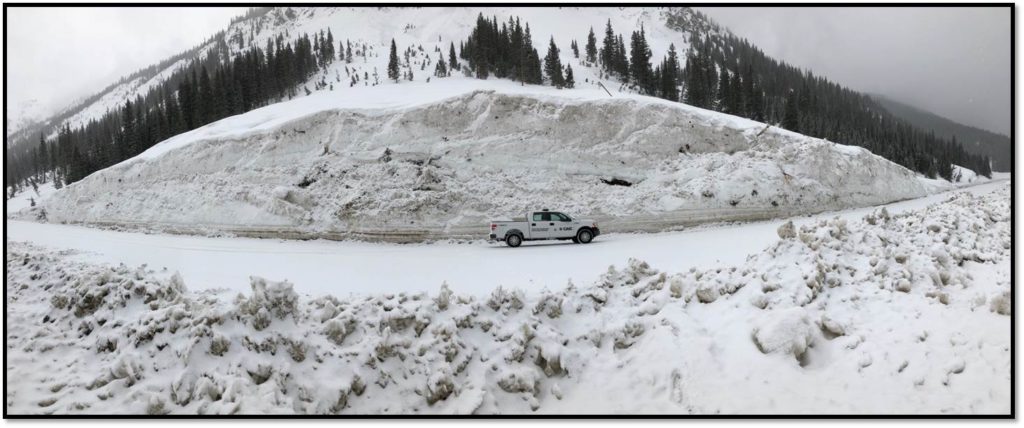Avalanche Forecasting in the Face of Climate Change
Last March was a difficult time to be an avalanche worker in Colorado. Over the first two weeks, storms dropped up to 12 feet of snow across the state’s mountain regions. The new snow landed on top of a relatively strong snowpack that was already resting precariously on a weak basal layer left over from October. It didn’t take long before the new load was too much.
One after another, avalanches started to slide across the state, burying highways and letting loose in places that hadn’t seen that sort of activity in over a century. The 20-person Colorado Avalanche Information Center (CAIC) crew was stretched thin as they worked around the clock and on little sleep to triage areas of activity as best they could.
While the epic avalanche cycle hasn’t been directly linked to climate change, many in the state say the extreme nature of the weather event preceding it will only become more common as global temperatures continue to rise. It’s a trend that has clear implications for avalanche forecasters in Colorado and across the world’s mountainous regions.
To get an inside look at how forecasters in the Centennial State are confronting the challenge of climate change, Powder Cloud called up Brian Lazar, deputy director of the CAIC. Lazar is uniquely qualified to speak to the topic: He has spent more than two decades immersed in snow, avalanches, and climate change as a university researcher, backcountry guide, ski industry consultant, and now avalanche forecaster. From studying snow and ice mechanics in Alaska to teaching avalanche courses on both sides of the equator, Lazar has seen firsthand the way the world’s winter climates are changing.
While increasing variability, warmer winters, and more intense weather patterns are shifting the landscape for forecasters, Lazar said those in the field are already finding ways to adapt to the effects of climate change. For the team at the CAIC, that has included everything from revising their forecasting strategies to developing more precise methods of gauging avalanche risk.
In short, it’s about dealing with another layer of uncertainty in a field already loaded with lots of changing variables, Lazar said.

Uncertain ground for forecasting
More extreme events like the snowfall last March present forecasters with weather and avalanche conditions that might not have a historical comparison, Lazar said. That makes the job more difficult because some of forecasters’ predictive capability relies on past observations of how certain weather events and snowpack structures translated to avalanche activity, Lazar said. But looking to the future, climate change promises to produce more and more weather conditions that are outside historical norms—storms that drop much more moisture, for example, or rain-on-snow episodes at higher elevations or earlier in the season.
“In some ways, looking at past patterns is losing its predictive oomph,” Lazar said.
Revised risk strategies
Lazar has thought quite a bit about how forecasting needs to adapt to changing weather patterns. One is more heavily relying on the basic principles of avalanche forecasting and less on the analogs of the past, he said. That means forecasters will focus more on the forecasting fundamentals of day-to-day field observations and hazard and risk assessment.
“It’s forcing us to think outside of our historical observation box,” he said.
As they increasingly see conditions they haven’t seen before, avalanche center staff are also taking a humble approach to forecasting and giving themselves a wider margin of error, Lazar said.
“When we start to see stuff that we haven’t seen before, that we think is unusual, it gets all of our Spidey senses going and our degree of uncertainty goes up. And when your degree of uncertainty goes up, your level of caution will go up with it,” he said.
That was the case during an April 2018 storm in central Colorado that dropped rain on snow up to 12,000 feet. Forecasters hadn’t really seen those conditions before, but knowing they generally wouldn’t bode well for snow stability, the team decided to issue avalanche warnings for the area and raise the avalanche danger rating to high, Lazar said. Their cautious approach turned out to be the right one. Backcountry skiers ventured into the affected area after warnings went out and drew an avalanche that killed one of them.
For backcountry users in the future, the avalanche center’s approach could mean more warnings due to weather events outside the historical norm. Weather events that impact backcountry avalanche danger might start to look different than they do today, Lazar said, like a rain on snow event at high elevation or wet avalanche activity in mid-winter, for example.



